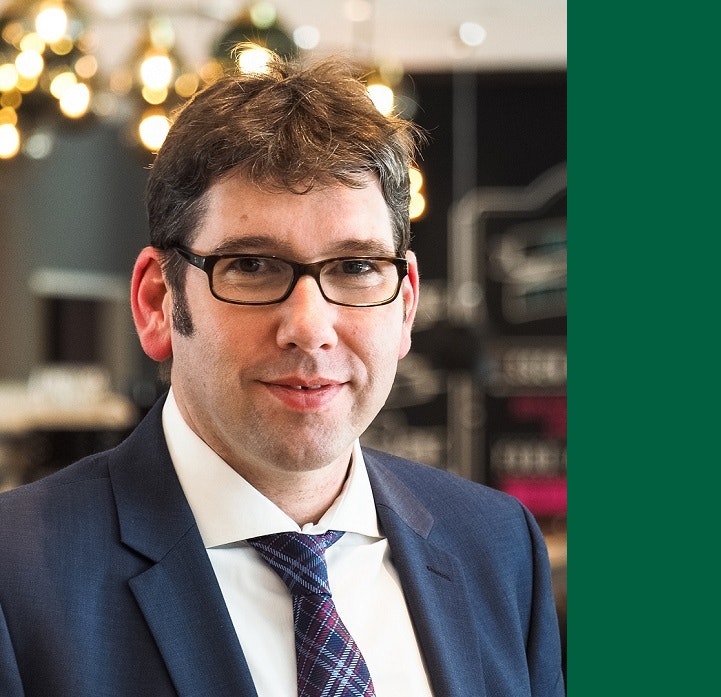Interview with Ian Biglands

The wohnvoll villages are created with the help of the concept of systemic construction. What is the advantage of this?
We have developed three different types of housing that are assembled at each location in a modular system. So it's repetitive work. You replicate as much and as often as possible, ordering early, delivering just-in-time. This simplifies construction and makes it safer. If a lot is pre-produced, you are not suffering from delays or missing materials. This has advantages in terms of time and, of course, also financial ones. That's important for us that the rents in our wohnvoll villages are affordable.
How much faster is the construction of such a building?
It depends on the size of the building. If you use a certain number of modules that you order in advance, once you have the building permit and the detailed design is in place, you can save at least 25 percent of the construction time. With a 14-month construction period, that would be about three and a half months. For us as the owner and operator, this means that we can put the property into operation more quickly and the tenants can move in earlier.
What are wohnvoll AG's requirements for a suitable property?
We are looking for properties in cities with a population of 10,000 or more. They have to be a certain size, because our concept also includes outdoor facilities. We need a plot area of 2,500 to 4,000 square meters. We build a gross floor area of 4,500 to 10,000 square meters on it. The plot should be in an inner-city location in a mature residential neighborhood or a new development, have good transport links and good local amenities (good micro-location, macro-location: structurally strong areas). It can be a single property or a neighborhood development.
And what makes you attractive to the local community?
Our product is exactly what the local community is looking for. It's an affordable way for the older generation to live in a beautiful and forthcoming environment. It allows the population to stay in their familiar environment without having to change their place of residence. We want to become a part of the community. In our café and restaurant, residents can meet with their older neighbors. We want to offer our premises to be used externally.
How can construction costs be optimized while maintaining the high-quality construction methods?
By looking at the complete life cycle of the building, from the purchase of the land to project development, construction, existing buildings and operation. When you're an operator, you look at what's going to happen over the next 25 years. That's why we build better than standard, sustainable and long-lasting, because that pays off for us in the years to come.
In what way are you building more sustainably?
We build photovoltaic systems on green roofs, combined heat and power plants so that we produce our own electricity. We look locally for the best system for heating and hot water, e.g. the local district heating network or geothermal energy. We look for sustainable materials in construction and quality so that, for example, the facade does not need to be replaced after 10 years. With systemic building, you can even define deconstruction as sustainable from the start, because you can take the individual parts apart at the end of their use and they can be recycled.
A personal question: Why did you switch to wohnvoll AG and what did you do before?
I am a civil engineer and was most recently managing director at a nursing home, where I was responsible for real estate. I like to build, I like to develop, I like to face big challenges and I like to work with other people, so I was immediately interested when Andreas Steyer presented the concept to me. My idea of living in old age is an apartment that I would also live in as a 30-year-old, just with a few special features that older people need.